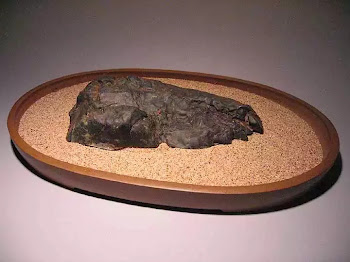At the start of this project I was pretty confidant, I knew the theory behind inlay and I had a great design to try it out on. What I learnt very quickly is knowing the theory and having ok hand skills id not enough to make something spectacular on your first go.
Here are some of the specific issues I encountered
Burrs go blunt really quickly when they're used on titanium and they cannot be resharpened. Burrs are a fixed size and make a fixed size groove. You cannot carve a tapering groove of uniform depth with a ball burr.
Carving using rotary tools is fairly quick but has limitations. As you use a rubber wheel, the diameter changes. As the diameter of the wheel becomes smaller, you have to compensate by moving it from side to side in the concave, resulting in an uneven finish. Rotary tools have a specific contact area and it's easy to grind somewhere you did not mean to while trying to get into the space you are concentrating on.
You have to cut the inlay pieces quite precisely and then file them to match exactly. If it doesn't fit properly then when you hammer the piece down, the top folds over and it can indent the surface of the base material. If the top folds over too much, it has no base to squish into the undercut. Just using a hammer to smack the pieces in is inaccurate so you have to use a punch.
The solution to a lot of these problems is to carve the grooves and undercuts with chisels instead of using burrs. So this becomes my next mission, to make the correct chisels needed for such work. Using a hammer and chisels requires two hands, therefore I will need to prepare a pitch bowl to hold the work for me as well.




























